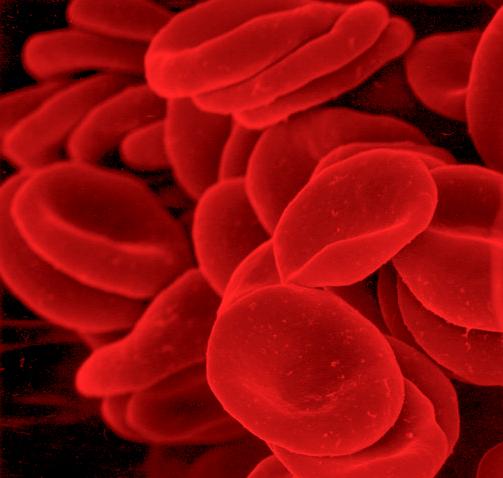Starter quiz
- True or false? Pathogens cause disease.
- True ✓
- False
- True or false? All microorganisms are harmful to humans.
- True
- False ✓
 What is the function of red blood cells?
What is the function of red blood cells?- to transport carbon dioxide
- to transport hormones
- to transmit nerve impulses
- to transport oxygen ✓
-
- What are proteins made from?
- 'amino acids' ✓
 Which type of acid does the stomach contain?
Which type of acid does the stomach contain?- nitric
- ethanoic
- hydrochloric ✓
- carbonic
-
- Diseases caused by pathogens are called __________ diseases.
- communicable ✓
- non-communicable
- lifestyle
- genetic
-
Exit quiz
- The human body has defences against pathogens. These include physical defences, ______ defences and microbial defences.
- 'chemical' ✓
- Match each type of defence to the correct example.
- physical defence⇔a scab forming to prevent infection ✓
- chemical defence⇔eyes producing tears that contain enzymes to break down pathogens ✓
- microbial defence⇔the microbiota ✓
- The function of the ______ system is to protect us against pathogens.
- 'immune' ✓
 Two types of white blood cells are lymphocytes and ______.
Two types of white blood cells are lymphocytes and ______.- 'phagocytes' ✓
 Put the steps in the correct order to explain how phagocytosis takes place.
Put the steps in the correct order to explain how phagocytosis takes place.- 1⇔Phagocytes are attracted to pathogens by chemical signals.
- 2⇔The cytoplasm of the phagocyte changes shape and engulfs the pathogen.
- 3⇔Enzymes digest the pathogen.
- 4⇔The pathogen is destroyed.
- Why is phagocytosis described as a non-specific defence?
- The phagocytes will engulf any pathogen. ✓
- The phagocytes will engulf all cells they encounter.
- The phagocytes only engulf one type of pathogen.
- The phagocytes will engulf white blood cells.
-
Worksheet
Loading worksheet ...
Presentation
Loading presentation ...
Video
Lesson Details
Key learning points
- The human body has defences against infection that work against all pathogens (are not targeted at specific pathogens).
- Physical defences include the skin, hairs and cilia.
- Chemical defences include tears, saliva and stomach acid.
- Microbial defences are provided by microorganisms on, and in, our bodies that compete against pathogens.
- White blood cells called phagocytes are part of the immune system and engulf and destroy pathogens by phagocytosis.
Common misconception
All blood cells protect us against pathogens.
White blood cells are part of the immune system that protects us against pathogens. Red blood cells transport oxygen to cells. Platelets are not cells, but they do help to protect against pathogens by helping to seal wounds.
Keywords
Pathogen - A microorganism that causes disease.
Immune system - A system of defences in the body, including white blood cells, which protects against pathogens.
Platelets - Components of the blood which help blood to clot and seal wounds.
White blood cell - A type of cell in the blood that is part of the immune system and responds to pathogens.
Phagocytosis - When a white blood cell engulfs, digests and destroys a pathogen.
+